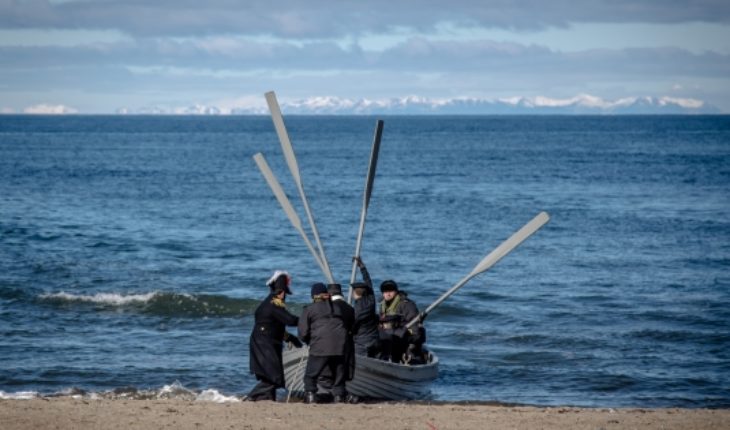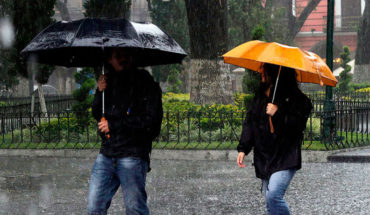October 1520. After a year of sailing, and installed in the extreme south of America, Captain Fernando de Magallanes and his crew found the strait that for months they pursued, after setting sail from Spain in September 1519.
The “discovery” of the Strait of Magellan allowed the sea routes to be fully connected and led to the completion of the first circumnavigation to the globe. With the discovery of this passage a new episode was opened in the history of humanity: that of a finite world, measurable in all its latitudes and longitudes, as we know it in the present.
In this context, there are a number of questions related to how Chile will position itself in the face of the arguments and definitions that will be addressed in the commemorations beginning around 500 years of this discovery.
What will we commemorate from Chile, the 500 years of the discovery of the Strait of Magellan or the first circumnavigation to the planet? Or: on what historical evidence will the speeches that will guide the celebrations be built?
This, if historical research on the subject is known, at least those linking Chile into the global process, are few in proportion to the importance described and have been done almost all by the historian Mateo Martinic. Also: what reasons have mobilized the Executive to form an official commission and invest so much money in projects in different areas, both knowledge and artistic? What topic have the authorities, scientists and artists found in this double milestone that has actively mobilized them to want to be protagonists?
The answers have come in recent months, directly and indirectly, by those who engage from the different planes of action. We see some intermingled “global cut” political discourses in vogue today, close to the environmental and “sustainability” challenges proposed by large organizations for the planet; there are also more “scientific” discourses related to the limits of the Universe and the opportunity to reflect from this milestone on it. Another part is based on some more presumptuous ideas that show that thanks to the milestone the eyes of the world will be in Chile. There are also visions that have sought to question the “celebration” through a vindication of who should be the true protagonists of this memorial maelstrom. For these cases an identity and localist look is imposed that seeks to superimpose the gestation of Magellan and Elcano unresolved historical problems, such as the suffering of the original peoples, or more essentialist ideas such as the construction of a character particularly the inhabitants of the area thanks to the geographical exceptionality that the region would have. It keeps an attention that in all these answers we see a transposition of times, facts, actors and spaces that generate confusion and dilute the final meaning of the commemorating.
To move forward and understand the concerns from a historical point of view, the first thing to ask is: what will we do with the Strait once the following of commemorations is complete? What role, from now on, will we give the Strait of Magellan in our history? Referring to concrete things, such as historical learning about the Strait in schools across the country. Our children finish their studies with more information about the history of Rome and Greece than on this place. Indeed, do you know where the Strait of Magellan is located?
It is also worth asking: how far are we prepared to go with the reflections and connections we seek to make between the Strait of Magellan, circumnavigation and the temporalities at stake? Are we willing to accept that the Strait was the main spoils that the conquistadors wanted and that the territory known as Chile was nothing more than a “first link” to reach it? Are we willing to rethink the origins of our history that were passed on to us by historians of the nineteenth century and accept that we probably have to look in the direction of Asia or north america to better understand the configuration Chile’s political-territorial policy in the 16th century?
It is not long before the ceremonies in Chile on this subject begin and everything indicates that things will remain the same: the milestone will become another ribbon cut in which each sector will make the most of its interest. However, we are still in time to take a “rudder blow,” we still have the opportunity to take the risk of accepting that our origin is probably more extreme than we think and is connected with historicities from other latitudes. Let’s rethink our origin, let’s turn it into multiple, diverse, global. Let us avoid that the historical fascism imposed by the “impostors of secrecy” and the “Fries Valenzuela” continue to design as an expired product our history, especially if there are in the country enough well-educated historians who make history of very serious way. Let us take advantage of the rich sources that exist on the subject of “discovery” and that are publicly accessible in the various online catalogs in the world. Let’s find a route to maintain the illusion that provokes the theme that gives us clues of how the modern world was built.
The content poured into this opinion column is the sole responsibility of its author, and does not necessarily reflect the editorial line or position of El Mostrador.





